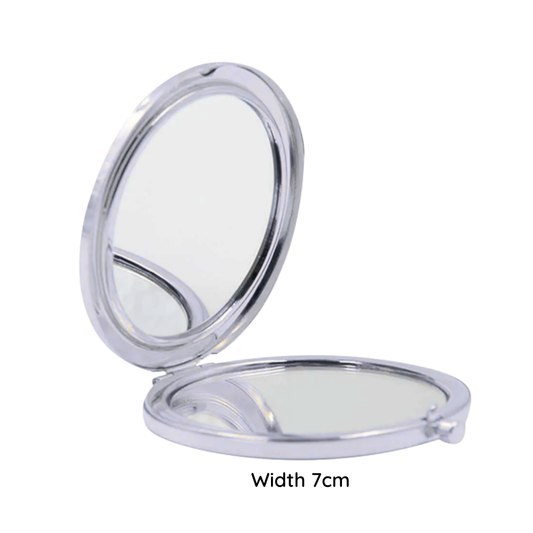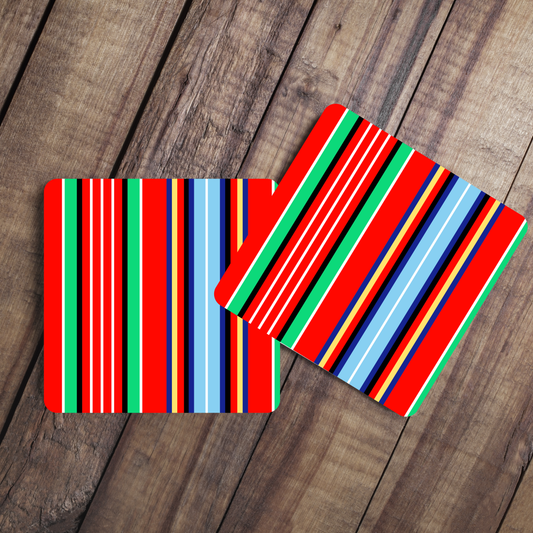Collection: Viljandi
Viljandi parish was located in the heart of Viljandi County. To the north were Kolga-Jaani, Suure-Jaani, Pilistvere and Põltsamaa, to the south were Paistu and Tarvastu parishes. The western border was Kõpu parish and the eastern border was Lake Võrtsjärv.
The parish of Viljandi was an ethnographically transitional parish, where both North Estonian and South Estonian features were found in the cut and decoration of folk costumes. The northern parishes of Viljandi County were relatively receptive to innovations and fashion influences, and their clothing also had common features with North Estonia, which did not extend further south than Viljandi. However, the southern areas of the parish represented the ethnographic elements of South Viljandi County. In the southern parishes, women wore, similar to the Mulgi parishes, a shirt with a low stand-up collar and red cross-stitch embroidery, a tarvastu tanu, a long robe with red cords, red rose-colored gloves and stockings with wide calf-lengths. In contrast, in the rural municipalities north of Viljandi, under the influence of North Estonia, alongside the long coat, blue woolen sweaters with linings, shirts with rich white embroidery and a turn-down collar, small tunics with nipple or shop lace on the front, and two-thread or blue-and-white patterned gloves and pink stockings became popular.
-
BFS Glass Chopping Board Viljandi - 1 available Black FRIDAY SALE
No reviewsRegular price $20.00 AUDRegular priceUnit price / per$25.00 AUDSale price $20.00 AUDSale -
BFS Notebook Lined Viljandi - 1 available Black FRIDAY SALE
No reviewsRegular price $20.00 AUDRegular priceUnit price / per$24.00 AUDSale price $20.00 AUDSale -

 Sale
SaleBFS Pen Viljandi
No reviewsRegular price $7.00 AUDRegular priceUnit price / per$10.00 AUDSale price $7.00 AUDSale -
Bumper Sticker Viljandi
No reviewsRegular price $10.00 AUDRegular priceUnit price / per$0.00 AUDSale price $10.00 AUD -
Compact Mirror Viljandi
No reviewsRegular price $15.00 AUDRegular priceUnit price / per -

 Sold out
Sold outGlass Chopping Board Viljandi
No reviewsRegular price $25.00 AUDRegular priceUnit price / per -
Leather Coaster Viljandi
No reviewsRegular price $12.00 AUDRegular priceUnit price / per -
Mouse Pad Viljandi
No reviewsRegular price $24.00 AUDRegular priceUnit price / per -
Mug Viljandi
No reviewsRegular price $25.00 AUDRegular priceUnit price / per$0.00 AUDSale price $25.00 AUD -
Notebook Lined Viljandi
No reviewsRegular price $24.00 AUDRegular priceUnit price / per$0.00 AUDSale price $24.00 AUD -
Pen Viljandi
No reviewsRegular price $10.00 AUDRegular priceUnit price / per -
Sticker Viljandi
No reviewsRegular price $2.00 AUDRegular priceUnit price / per$0.00 AUDSale price $2.00 AUD
Phone Cases
-

iPhone Case Viljandi
A phone case featuring the design of Viljandi. If you have an...
-

Samsung Case Viljandi
A phone case featuring the design of Viljandi. If you have an...
-

Moto Case Viljandi
A phone case featuring the design of Viljandi. If you have an...
-

LG Case Viljandi
A phone case featuring the design of Viljandi. If you have an...
-

Pixel Case Viljandi
A phone case featuring the design of Viljandi. If you have an...
-

Oppo Case Viljandi
A phone case featuring the design of Viljandi. If you have an...























